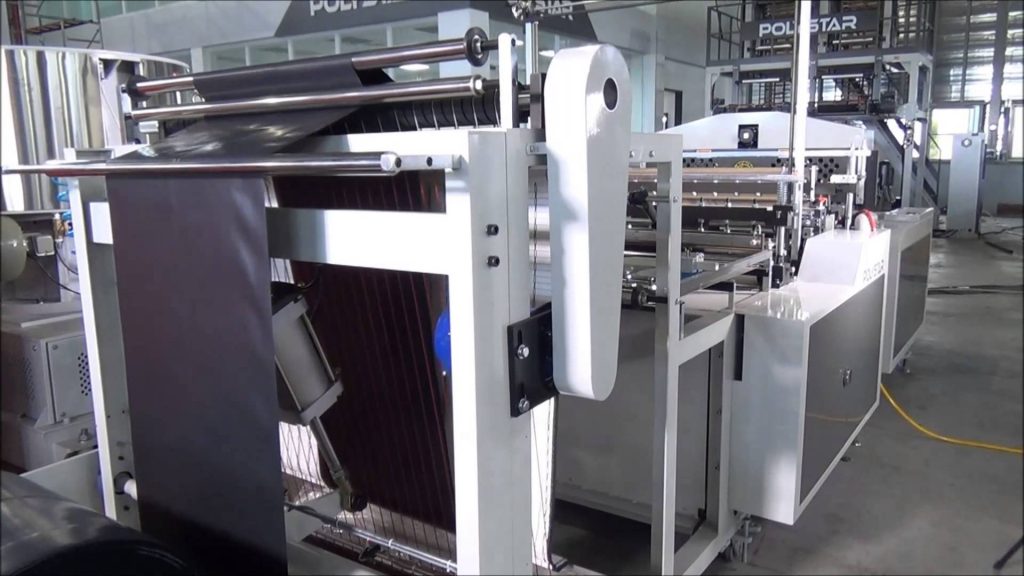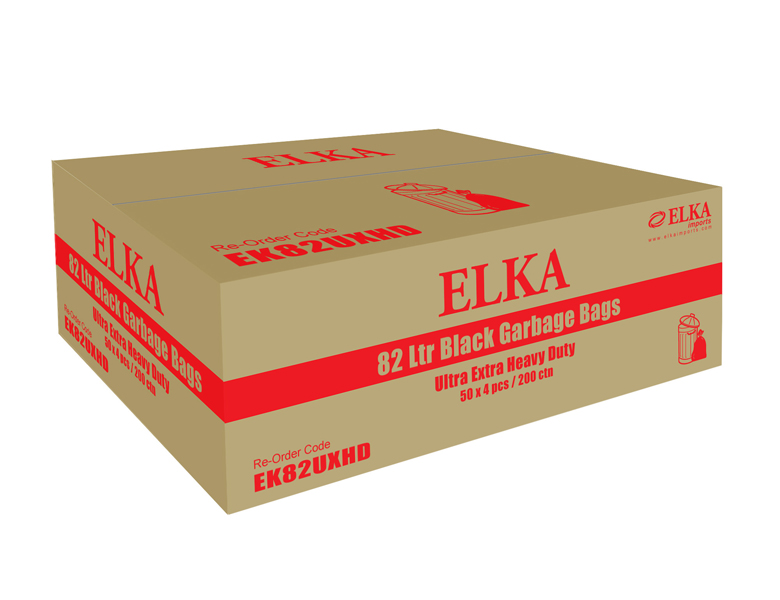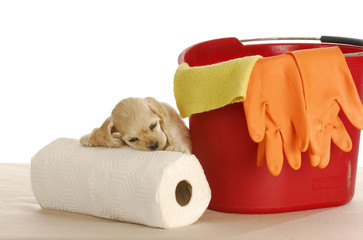Did you know that according to Cleanup.org.au Australians are the second highest producers of waste per person in the world? They use over 3.92 billion plastic bags a year which all hit landfills and end up in our seas and river systems causing severe damage to the environment.
Australian’s however, are becoming more environmentally aware, and ‘green’ choices in all aspects of our lives are increasing as we search to understand how our products are made and how we dispose of them. More and more Australians find it second nature to separate garbage and put plastics, paper and cardboard in recycling bins, but what about our garbage bags?
Most garbage bags are made from high or low-density polyethylene depending on the strength and quality. These garbage bags head to landfill and stay there, as they are not biodegradable.
So what’s the most environmentally friendly choice?
Ideally, no bag at all is preferable. However, this simply isn’t practical depending on your refuse collection service and for apartments, commercial buildings and offices, not to mention the smell of unwashed bins! So the next best thing is to choose and option which minimises landfill.
The thinner the bag, the less material will hit the landfill, so avoid super thick, industrial bags if you are only using them for your general household garbage. Try and compost food waste and recycle your plastics and paper where possible to maximise the space in your garbage bag too. It’s beneficial to train staff in offices to be more eco-minded too as recycling is far less common in the average office bin.
You may think you are making the right choice by recycling your plastic shopping bags. However, these cause significant damage to the environment, hit landfills and do not breakdown. Recycle these, or take them back to your local supermarket.
Look at the packing of your garbage bags. Some terms may seem eco-friendly, but in fact, they are little more than marketing buzzwords, used to lure you into thinking you are making a greener choice:-
How to understand garbage bag packaging labels
Terms such as biodegradable, compostable and home compostable are a greener choice. Biodegradable means the bag will break down in about a year in landfill and compostable means the bag can break down into organic waste. Home compostable means you can use the bags in your home composting set up.
Ignore terms such as degradable and bio-plastic. Degradable just means the bag breaks into smaller pieces, which cause harm to the environment, and Bio-Plastic is a meaningless term.
Also look for garbage bags that are manufactured with bio, or plant-based materials, this means they were made without using fossil fuels.
The next time you are buying garbage bags, take a few minutes to understand the packaging and make a greener choice! The environment will thank you for it!







 he easiest way to curb your dog is to collect the poo in a bag and throw it away. There are two main points to take care while bagging your dog’s poop: the right sized bag and the right technique. Make sure you don’t carry a tiny sandwich sized bag, because although it’s enough to contain the poop, there are chances that you’ll get your hands dirty. Once you’ve got a large enough bag, wear it like a glove. Pick up the poop with it, and use your other hand to pull over the bag on it. The bag shouldn’t have a hole, otherwise the poop can drop out. Knot the bag and throw it in a trash can.
he easiest way to curb your dog is to collect the poo in a bag and throw it away. There are two main points to take care while bagging your dog’s poop: the right sized bag and the right technique. Make sure you don’t carry a tiny sandwich sized bag, because although it’s enough to contain the poop, there are chances that you’ll get your hands dirty. Once you’ve got a large enough bag, wear it like a glove. Pick up the poop with it, and use your other hand to pull over the bag on it. The bag shouldn’t have a hole, otherwise the poop can drop out. Knot the bag and throw it in a trash can.